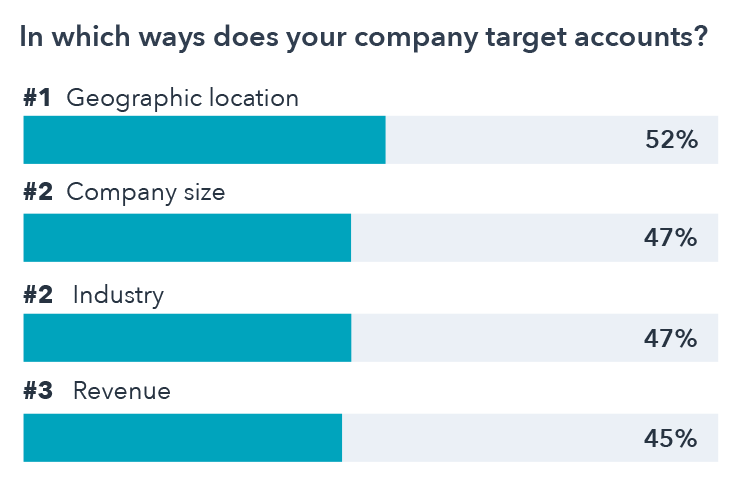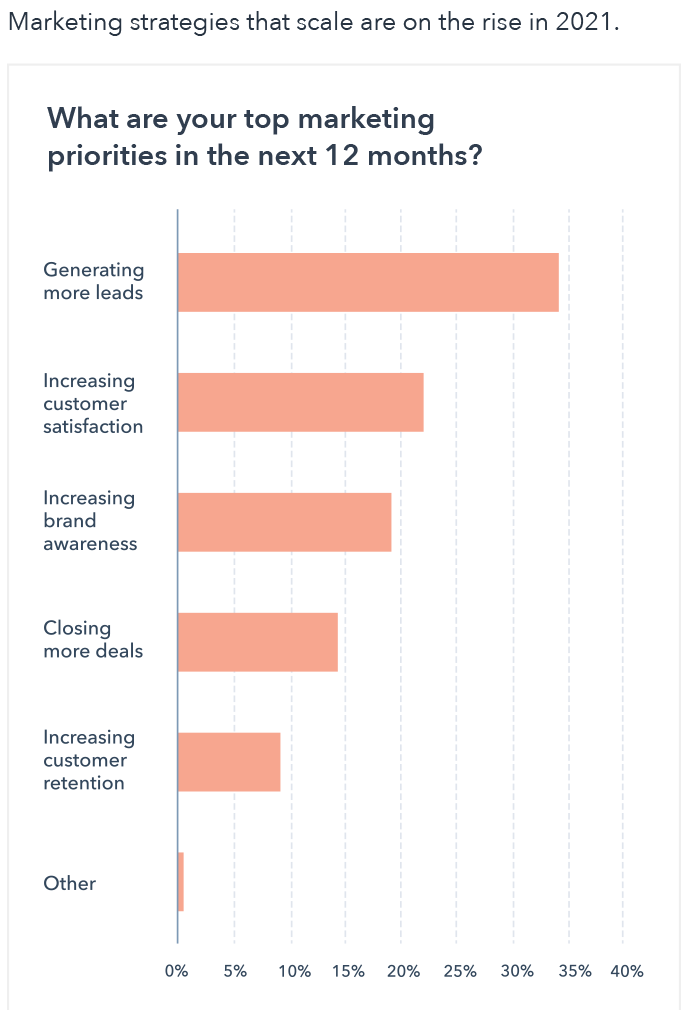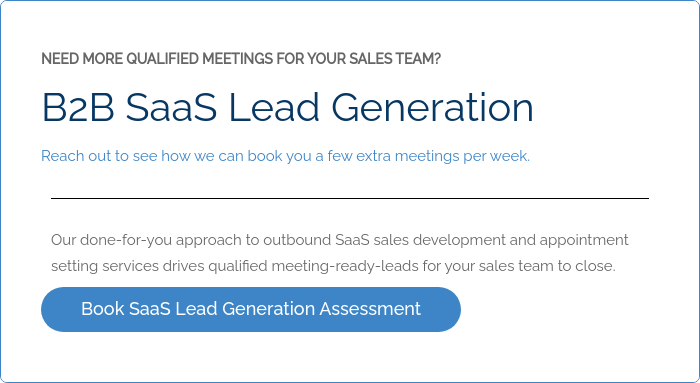Building your SaaS platform is the easy part. The hardest part of scaling any SaaS platform is converting and retaining new customers over time. Learn ways to automate and scale your SaaS acquisition funnel faster.
Are you ready to maximize your SaaS conversion rate in 2024 and skyrocket your business growth? In this blog post, we will provide you with valuable insights past data on SaaS lead conversion rates, industry benchmarks, key factors affecting conversions, and proven strategies to improve conversion rate optimization tactics your performance. Let’s embark on this exciting journey towards higher conversion rates for any SaaS model.
Short Summary
-
Understanding SaaS conversions and types is key to improving them.
-
B2B SaaS conversion rates are typically higher than B2C due to purchase intent, sales funnel complexity & target business size.
-
Strategies such as limited free features, FOMO and feature/usage limits can be used for improvement. Measuring performance is essential for data-driven decisions.
Understanding SaaS Conversion Rates
Conversion rate is a crucial metric for SaaS businesses, as it measures the success of their various SaaS marketing strategy and sales efforts.
In short, it is the percentage of people who complete a desired action divided by the total number of people presented with the opportunity. The average conversion rate plays a pivotal role SaaS industry) in determining the effectiveness of marketing channels, sales qualified leads, and potential customer and customer acquiring costs.
Understanding SaaS lead conversion rates helps businesses identify areas for improvement and optimize their strategies for better results. Different types of SaaS platform conversions exist, including first- website visitors, visitor-to-free account sign-up, free trial, account-to-activated user, free account-to-paid, trial conversion rate, activated user-to-paid, average conversion rates, and customer churn conversion rate metrics. Each of these conversions represents a specific stage in the customer journey and provides valuable insights for SaaS companies.
Types of SaaS Conversions
Among the various types of SaaS freemium conversions, some popular business models include freemium accounts, free trials with payment details, and Product Qualified Leads (PQLs). Freemium accounts allow users to access the product with limited features or resources. Often SaaS trial conversions can range from 1% to 8%, underpinning data-driven approach most SaaS firms adopt some form of freemium acquisition model.
Remove credit card registration requirements for freemium sign-ups to de-risk the point of entry.
This percentage of converted users shows the per- trial period conversion rate of individuals that switch from using the free trial version to the premium version.
On the other hand, free SaaS trials with payment of credit card details have a higher conversion rate of up to 25%. PQLs are another critical free trial conversion rate metric used to measure the quality of free trial and marketing qualified leads. It is estimated that 36% of free trial or freemium users are PQLs.
By understanding these different types of SaaS lead to customer conversions, businesses can better assess their performance and tailor their strategies to improve conversion form rates.
SaaS Conversion Rate Benchmarks
SaaS lead to customer conversion rate benchmarks vary depending on factors such as the industry, lead generation channel, and the target market or target audience.

For example, B2B SaaS companies targeting small businesses typically have higher website visitor top-to-lead conversion rates compared to those targeting large enterprises. Some industry conversion rate benchmarks include lead-to-MQL conversion rate at 39%, MQL-to-SQL conversion rate at 38%, opportunity-to-close conversion rate at 37%, and freemium conversion rate ideal range at 2-5%.
These conversion rate benchmarks provide a useful point of reference for SaaS businesses to evaluate their performance and identify areas for improvement.
However, it is crucial to remember that these conversion rate benchmarks are not set in stone, and SaaS platforms should continuously strive to optimize their website conversion rate metrics by implementing effective SaaS conversion strategies tailored to their unique circumstances.
Key Factors Affecting SaaS Conversion Rates
Several key factors influence SaaS conversion rate benchmarks, including user onboarding, marketing automation, pricing and packaging, client acquisition cost and real-world success stories. Enhancing user onboarding involves creating personalized experiences tailored to users’ needs and use cases.
For example, by providing contextual guidance during onboarding and customer feedback, businesses can help users uncover the product’s potential and reach the Aha! moment faster.
Leveraging marketing automation is another critical factor for improving SaaS conversion ratio. By segmenting users and tracking product usage, businesses can send targeted upgrade messages that resonate with users and drive conversions.
Additionally, optimizing pricing and packaging can help increase conversion rate benchmarks by limiting pricing options, promoting annual subscriptions, and using actionable CTA’s.
Strategies for Improving SaaS Lead Conversion Rates
Real-world success stories of SaaS brands with high conversion rates can provide valuable insights and inspiration for businesses looking to improve their visitor to form submission conversion metrics.
Companies such as Slack, Grammarly, and Zapier have achieved impressive conversion experiment rates by implementing effective strategies tailored to their unique circumstances.
Slack, for example, has a high freemium model conversion rate due to its solid onboarding experience and limited free features that prompt users to upgrade to freemium business model.
Grammarly uses the fear of missing out (FOMO) to drive up a freemium model conversion rate by giving users free access to their tool while highlighting premium features through modals until the trial period ends. Zapier employs feature and usage limits in its free plan and offers custom numbers of tasks to drive conversions.
Enhancing User Onboarding
User onboarding is crucial for increasing SaaS form conversion rates, as it helps users understand the product’s value and encourages them to reach the Aha! moment and activation. Personalizing experiences based around value focused language to fit user needs and use cases is an effective strategy for optimizing user onboarding.
By providing pertinent guidance during onboarding, businesses can avoid overwhelming users with unnecessary information and guide them towards the Aha! moment faster.
To make empty states more engaging, businesses can provide users with helpful tips and hints or use visuals on their own, their landing pages, their landing page content itself, pages, page content or pages to make them more attractive. This not only enhances the onboarding experience, but also increases the likelihood of users reaching the activation event and ultimately converting into paying customers.
Leveraging Marketing Automation

Marketing automation plays a vital role in driving SaaS lead conversion benchmarks by enabling businesses to streamline marketing tasks and campaigns across multiple channels. User segmentation is a key to inbound marketing funnel and automation strategy for increasing your freemium to paid user conversion ratios.
When a business recognizes a particular user need or issue they send a targeted message demonstrating how to have the paying customer access the applicable solution.
Segmenting users and tracking product usage also allows businesses to send targeted upgrade messages that resonate with users and drive conversions. By providing users with a more personalized experience, businesses can improve engagement and increase the likelihood of users converting to paying customers.
Optimizing Pricing and Packaging
Optimizing pricing and packaging is another critical factor for improving SaaS funnel conversion experiment rates. Businesses should limit the number of pricing options, clearly display the features of each pricing tier, promote annual subscriptions, and use meaningful, actionable CTAs to drive conversions.
Implementing usage limits for basic features can also encourage users to upgrade to premium plans. Asana is one of the companies which offers free trials to its freemium users. This allows them to have a firsthand experience of the premium features they offer. This strategy allows free trial users to to see the value of premium features firsthand, increasing the likelihood of them upgrading to a paid plan.
By optimizing pricing and packaging, businesses can create a compelling value proposition paid potential customers that drives conversions and increases revenue and sales cycle.
One highly effective approach to not leave money on the table is to lever paid search. The idea is to retarget sales qualified leads that are not ready to buy, or were marked as closed lost.
Real-world Success Stories: SaaS Companies with High Conversion Rates
Real-world success stories of SaaS organizations with high organic conversion rates can provide valuable insights and inspiration for businesses looking to improve their own conversion metrics.
Companies such as Slack, Grammarly, and Zapier have achieved impressive organic conversion ratio and optimization rates by implementing effective strategies tailored to their unique circumstances.
Slack, for example, has a high freemium conversion rate due to its solid onboarding experience and limited free features that prompt users to upgrade.
Grammarly uses the fear of missing out (FOMO) to drive freemium conversion rates by giving users free access to their tool while highlighting premium features through modals. Zapier employs feature and usage limits in its free plan and offers custom numbers of tasks to drive conversions.
By studying these success stories, businesses can gain valuable insights into the strategies and other conversion rate optimization tactics that have worked for other SaaS firms, and apply these lessons to their own conversion rate optimization efforts.
Measuring and Monitoring SaaS Conversion Performance
Measuring customer acquisition cost and monitoring SaaS conversion performance is essential for understanding user behavior and identifying areas for improvement. Metrics such as open rate, conversion rate, click-through rate, and unsubscribe rate should be tracked to understand user engagement.
In-app surveys can also be used to gather user feedback and understand why free users aren’t upgrading.
To assess SaaS conversion metrics, businesses should calculate conversion rates by dividing the total number of conversions by the business models total number of visitors or opportunities. Comparing these conversion form rates to industry benchmarks will help businesses evaluate their performance and identify areas where they can improve.

By continuously using outbound marketing funnels and measuring and monitoring their own website visitor conversion rate and performance, businesses can make data-driven decisions and optimize their strategies for better results.
SaaS Conversion Rate Takeaways
In conclusion, maximizing your SaaS conversion rate in 2024 is essential for driving business growth and success.
By understanding SaaS conversion rate criteria, industry benchmarks, key factors affecting conversions, and implementing proven strategies, businesses can optimize their performance and achieve impressive results.
As we have seen from real-world success stories like Slack, Grammarly, and Zapier, a well-executed conversion plan, coupled with continuous measurement and monitoring of conversion performance, can lead to remarkable improvements in conversion optimization rates.
So take not that a lot of SaaS marketers with a larger online presence gear up and get ready to skyrocket your SaaS conversion rate in 2024 by leading more into some sort of outbound marketing funnel for a much more cost effective approach to lower your customer acquisition costs.
Keep an eye on your free trial conversion rate a few times per week.
Frequently Asked Questions
What is a good conversion rate for SaaS?
A good SaaS conversion rate benchmark is usually 15%-20%. This indicates that a company has been able to successfully demonstrate the value of its product or service and convert leads into paying customers.
To maximize conversion rates, SaaS companies need to focus on offering potential customers an exceptional customer experience.
What is the average SaaS sales conversion?
On average, SaaS businesses convert free trials around 20% of their leads direct sales. This is a great benchmark to strive for when growing your SaaS business.
What is conversion rate in SaaS business?
Conversion rate in a SaaS company is a key indicator of success, representing the percentage of a website visitor or visitors that take the desired action, such as completing a purchase or signing up for a demo.
This key metric provides insight into how effective a SaaS startup sales team, and marketing team or SaaS firms online efforts are, making it an important part of a successful SaaS business strategy.
How do you calculate conversion rate in SaaS?
Calculating your conversion rate for SaaS is an important metric to measure the success of your product. To do this, divide the closing rate of conversions divided the number of conversions by total number of visitors, then multiply that by 100 to get your closing conversion rate as a percentage. This will give you an accurate picture of how successful your product is performing.
What is a good conversion rate for SaaS?
For SaaS companies, a good conversion rate for paid customers is typically 15%-20%.
This is industry average conversion rate begins and is higher than in other industries because customers usually enter into longer-term commitments with the company.
To your sales and marketing team, and ensure your SaaS conversion rate remains high, it’s important to continually track and optimize your sales process.

